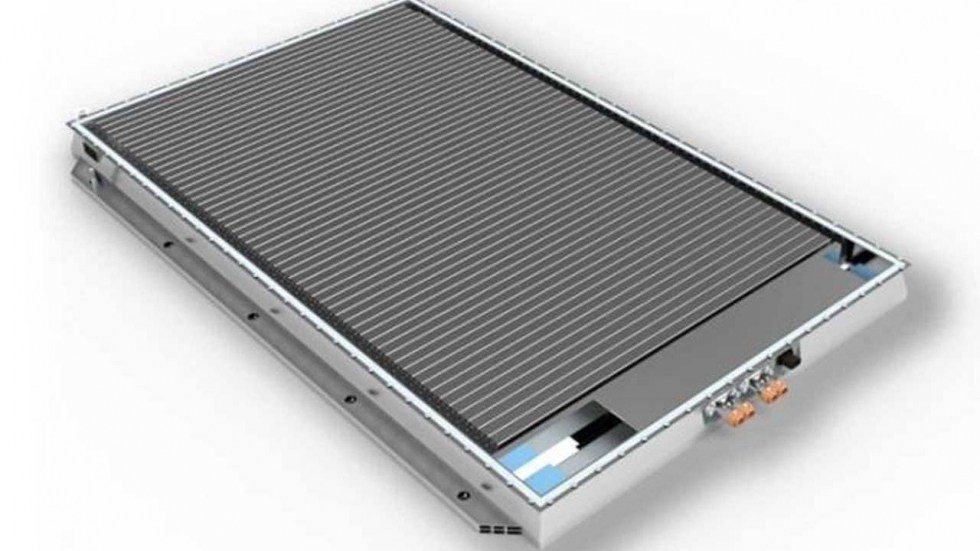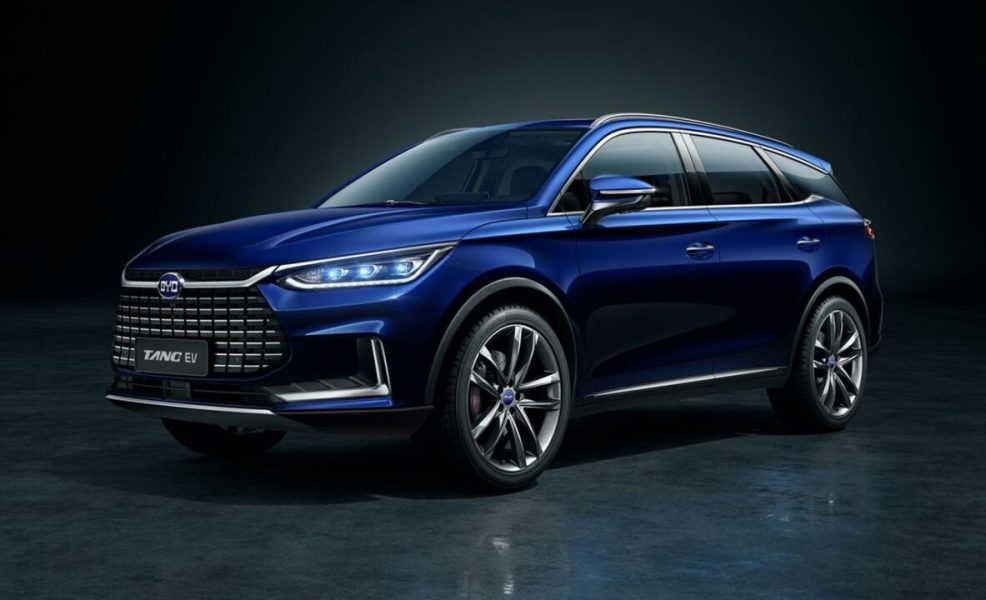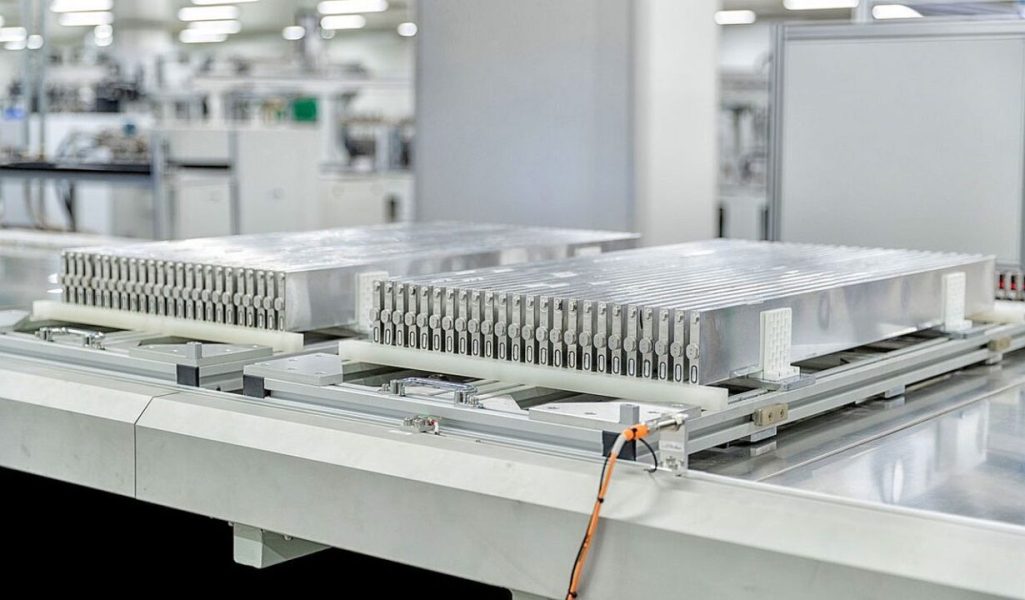
BYD: Our BYD Blade batteries are rated for 3 duty cycles, 000 (1 million) kilometers.
BYD is one of those Chinese companies that has always relied on Lithium Iron Phosphate Cells, LFP. Now, the manufacturer has announced that BYD Blade batteries built with these cells will last 3 full cycles, giving them 1,2 million kilometers.
So real BYD Tang's flight range (2021) is 400 kilometers?
The Chinese manufacturer boasts about the number of [full] work cycles and mileage received, mentioning the BYD Tang model. The latest Tango this year promises 505 NEDC units, which equates to about 340 kilometers of actual range. However, from the BYD Blade battery declarations we get 400 kilometers of range (= 1 / 200), which may mean that either the results were slightly changed for marketing purposes, or a newer version of the NEDC procedure was used - and BYD Tang. The actual flight range is 000-3 kilometers.
Obviously, from the buyer's point of view, the latter option would be preferable. Moreover, the car costs the same as the cheapest Audi e-tron.

BYD also recalls that the BYD Blade's non-modular battery is much less prone to fire than NCA / NCM cell-based batteries when the cell is physically damaged. After piercing with a nail, the surface of BYD LFP cells heats up to only 30-60 degrees Celsius. Also, the battery can withstand heating up to a temperature of 300 degrees and charging with a capacity 2,6 times higher than the design (initial).


The cells in Blade batteries are 96 cm wide, 1,35 cm thick and 9 cm high (hence the name: blade = blade). BYD Tanga battery (2021) ma Power 86,4 kWh and it could be loaded with a maximum power of 110 kW. Charge curve we would describe this as good as half the battery (30-> 80 percent) recovers in 30 minutes. The Mercedes EQC, a car from the same segment and with a battery of the same capacity, charges at the same rate.
The Chinese manufacturer showed no battery degradation after the aforementioned 3 charge cycles. Taking market standards into account, we assume that this is up to 35 percent, which means that at 1 kilometers, the car's battery offers 200 percent of factory capacity. It should be noted that such a course means over 80 years of work in Polish conditions..
This may interest you:
